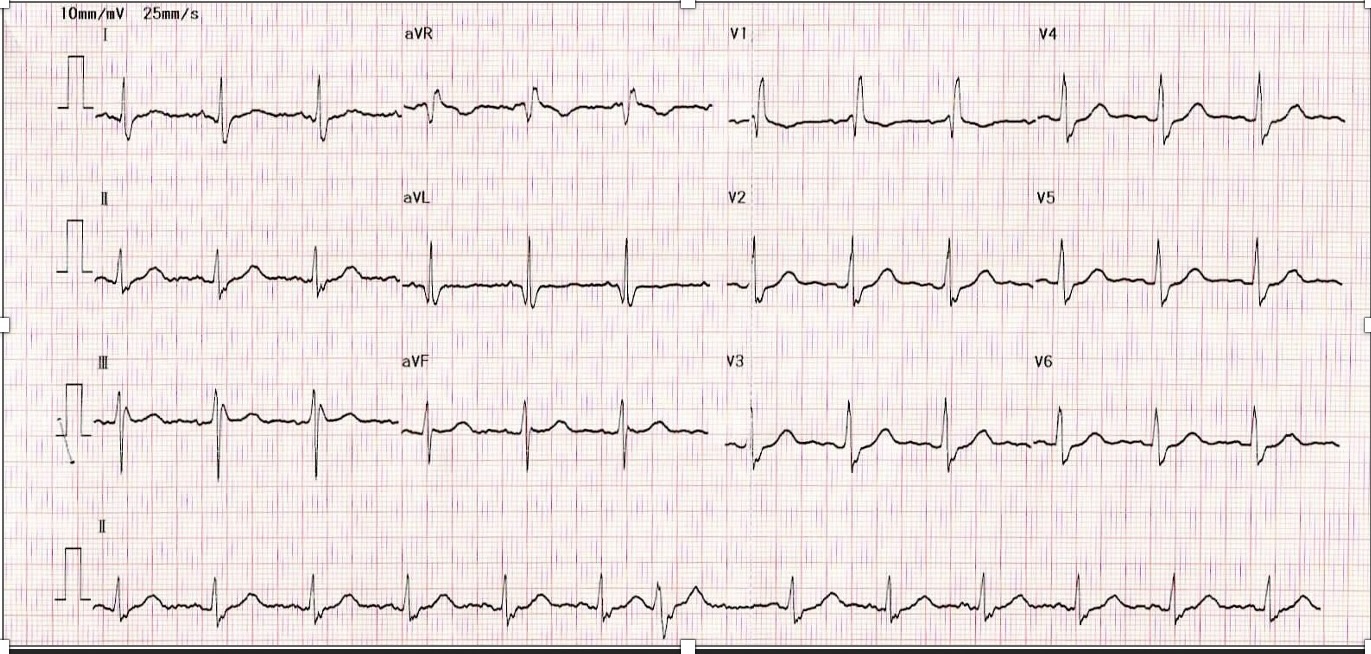CASE20230824_003
Entrapment of a Kinked Catheter During Left Distal Transradial Coronary Angiography
By Citra Dewi Wahyu Fitria, Mia Amira Callista, Doni Firman, Amir Aziz Alkatiri, Arwin Saleh Mangkuanom, Nanda Iryuza
Presenter
Citra Dewi Wahyu Fitria
Authors
Citra Dewi Wahyu Fitria1, Mia Amira Callista2, Doni Firman1, Amir Aziz Alkatiri1, Arwin Saleh Mangkuanom1, Nanda Iryuza1
Affiliation
National Cardiovascular Center Harapan Kita, Indonesia1, Tangerang Regional Hospital, Indonesia2,
View Study Report
CASE20230824_003
Complication Management - Complication Management
Entrapment of a Kinked Catheter During Left Distal Transradial Coronary Angiography
Citra Dewi Wahyu Fitria1, Mia Amira Callista2, Doni Firman1, Amir Aziz Alkatiri1, Arwin Saleh Mangkuanom1, Nanda Iryuza1
National Cardiovascular Center Harapan Kita, Indonesia1, Tangerang Regional Hospital, Indonesia2,
Clinical Information
Relevant Clinical History and Physical Exam
A 68-year-old male, with risk factors of hypertension and diabetes mellitus type II. His past medical history includes CAD3VD post PCI at LM-LAD and RCA 3 years ago, peripheral artery disease (PAD) and underwent percutaneous transluminal angioplasty (PTA) 5 years ago, chronic kidney disease stage III. He still developed symptoms of exertional angina and dyspnoea on effort. He was scheduled for coronary angiography.


Relevant Test Results Prior to Catheterization
Electrocardiography result showed normal sinus rhythm, with right bundle branch block. Echocardiography result showed left ventricular ejection fraction (LVEF) was 42%, with a regional wall motion abnormality at the anterior region. Right ventricular (RV) function appeared normal. Relevant complete blood count included hemoglobin level of 12.5 g/dL, White Blood Cell count (WBC) of 11650 /μL, Platelet count of 353.000 /μL, urea level of 64 mg/dL and creatinine level of 2.82 mg/dL.
Relevant Catheterization Findings
He underwent coronary angiography through a distal transradial approach on the left radial artery by the the 5-French sheath, because the pulse on the right radial artery not so palpable, and advanced a Tiger catheter (Optitorque 5-French) to canulation RCA and LCA. During fluoroscopy, an evaluation showed catheter knotting and entrapment on the left brachial artery.
 a kinked catheter at left brachialis artery.mov
a kinked catheter at left brachialis artery.mov
Interventional Management
Procedural Step
We did a gentle opposite rotation manuver, but unsuccessful to retrieve the catheter. We tried to advance a wire. A first attempt with a 0.035” J-wire is performed, followed by the use of a stiff 0.014” guidewire to cross the kinked segment, but failed. Then, Amplatz extra stiff guidewire used to unravel the catheter knot, but still unsuccessful to retrieve the catheter. We decided to use a transfemoral approach on the left femoral artery by the 6-French sheath. Diagnostic catheter MPA2/6-French is advanced to left subclavian artery and then Snare Lifetech No. 10 is tied to proximal tip of the knotted catheter with gentle rotation to the knotted catheter, confirming fixation of the catheter tip. Then we straightened and retrieved the catheter from the left distal transradial access.
 catching the tip of catheter with snare.mov
catching the tip of catheter with snare.mov
 successful untwist of the kink.mov
successful untwist of the kink.mov
 retrieved the catheter from the left distal transradial access.mov
retrieved the catheter from the left distal transradial access.mov
Case Summary
Entrapment of a kinked catheter is rare but known complication of transradial approach. There are a variety of approaches that can be taken to deal with this difficulty. In our case, the kinked catheter was entrapped in left brachial artery. We wereable to catch the catheter tip with a snare, introduced via left femoral artery route, and untwist the kinked loop. This saved the patient from unplanned surgery.
